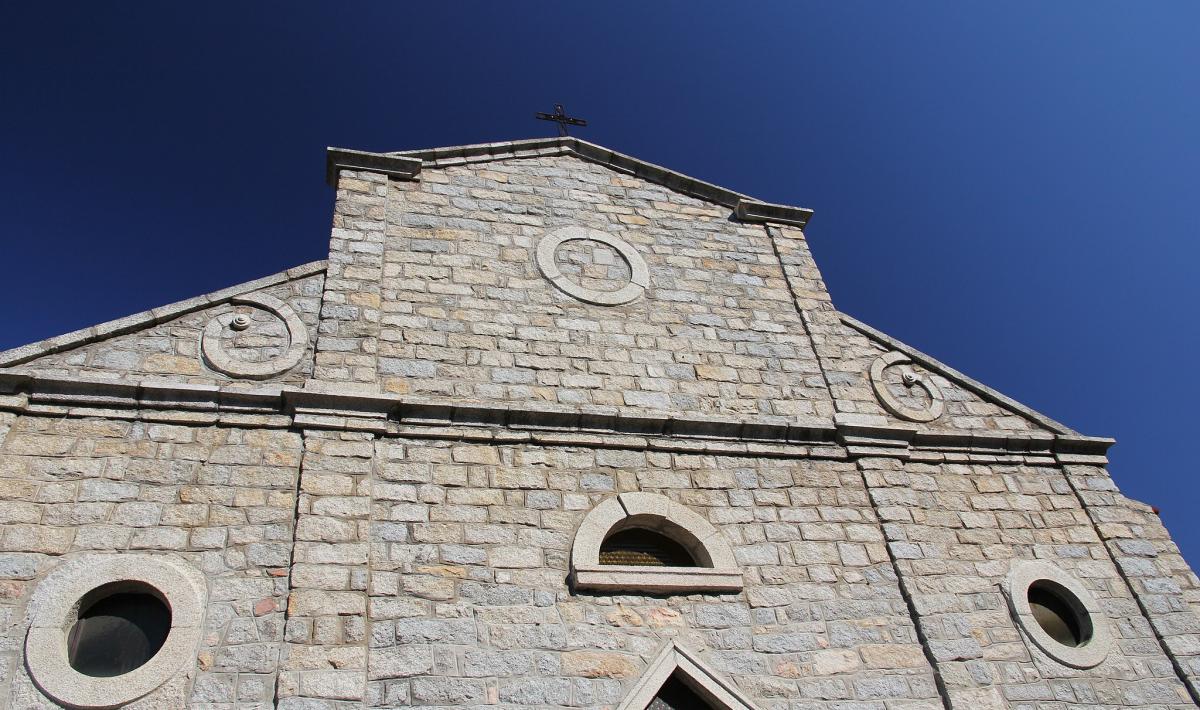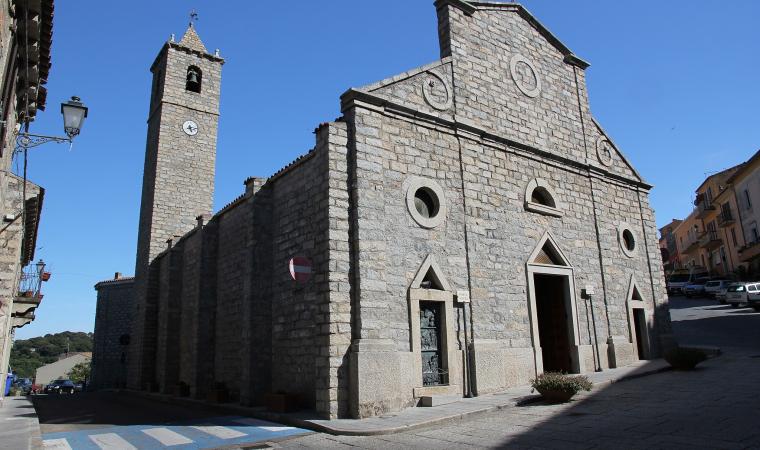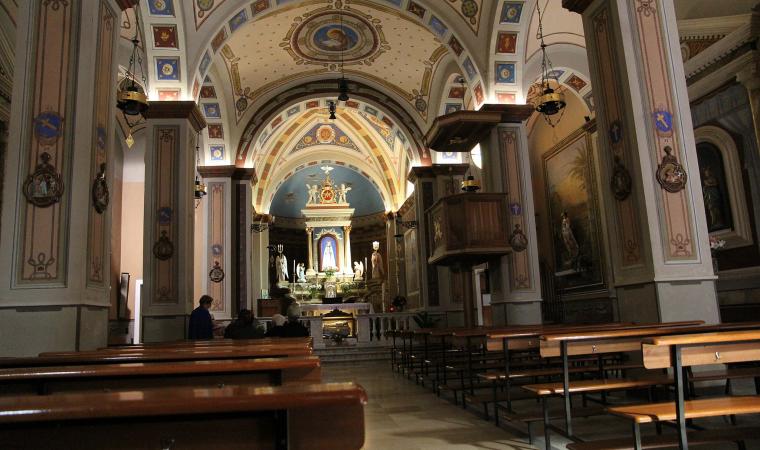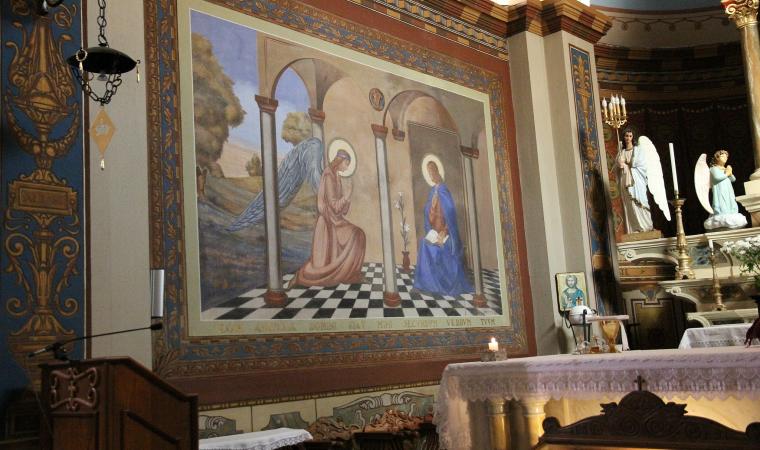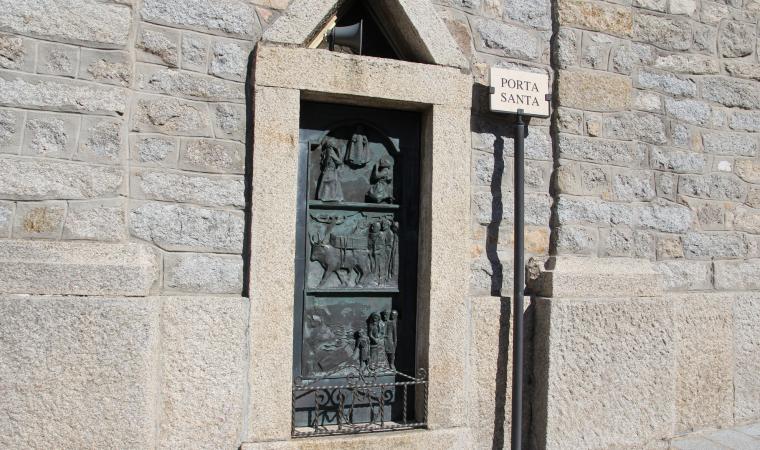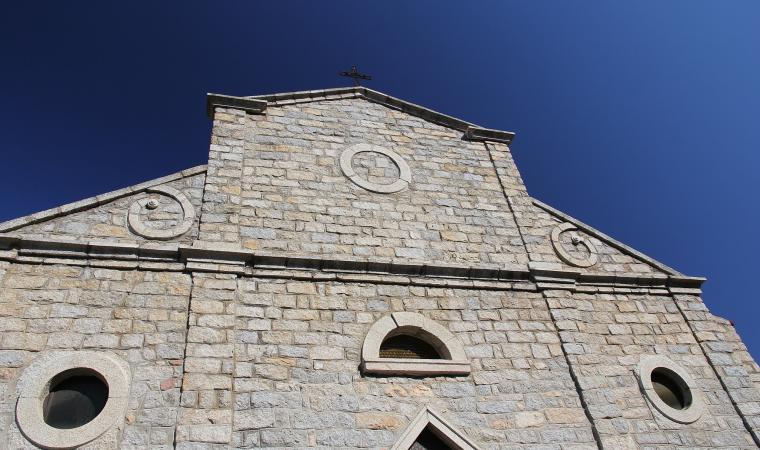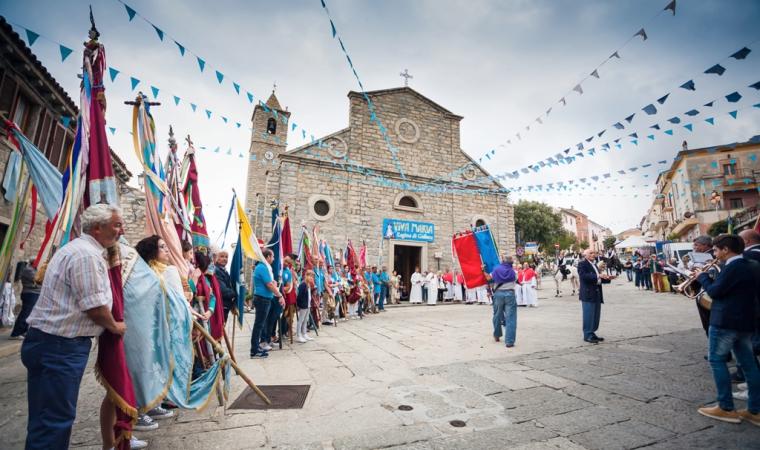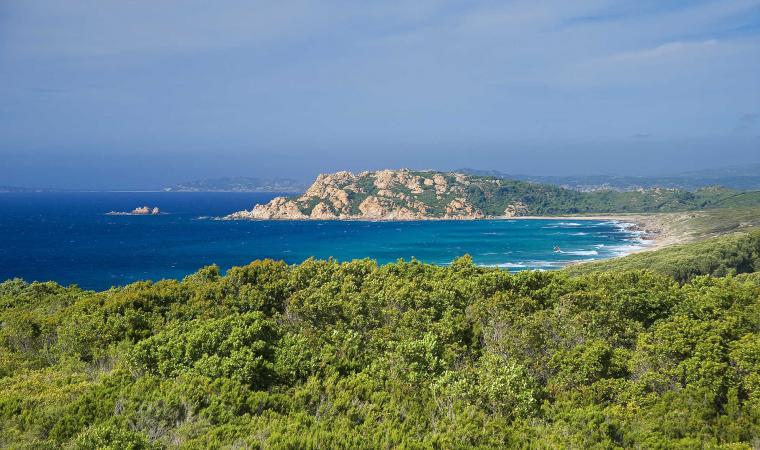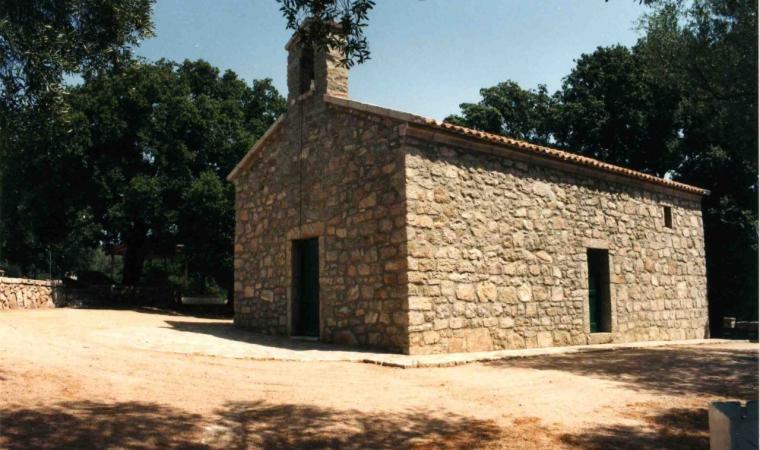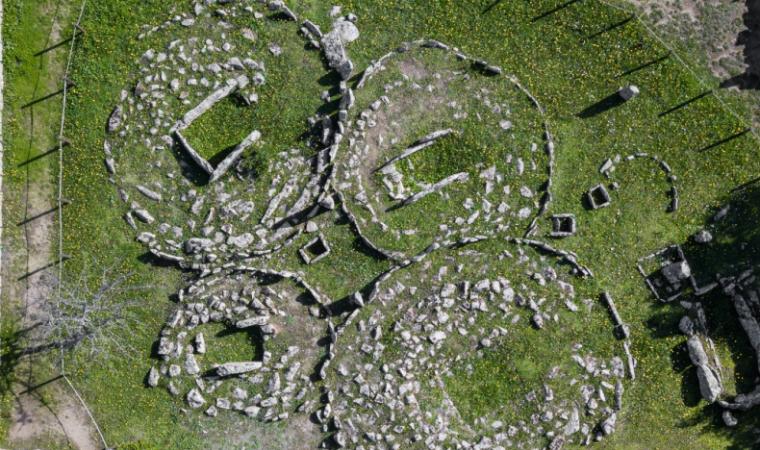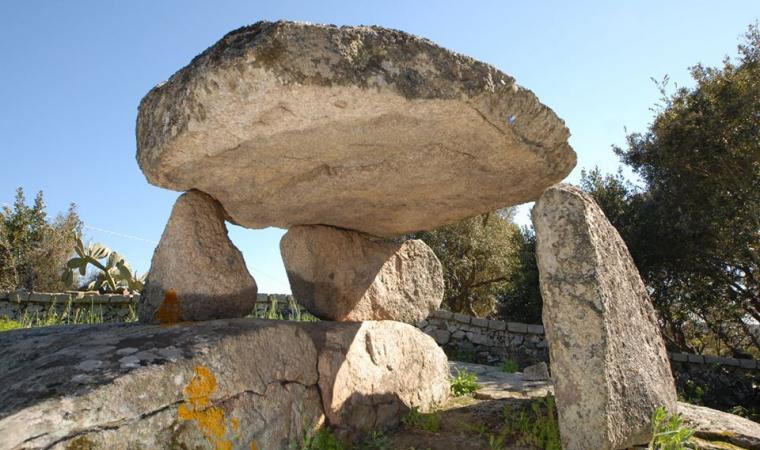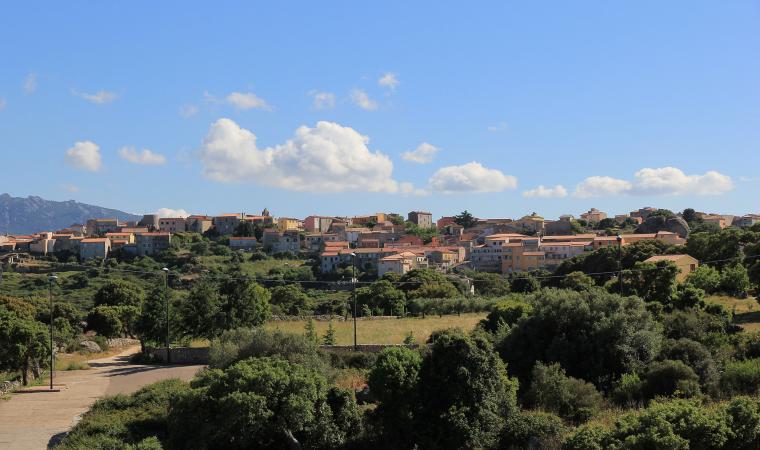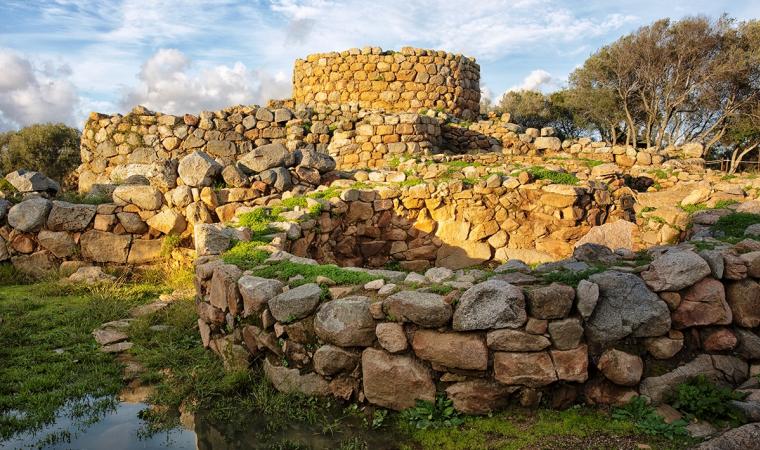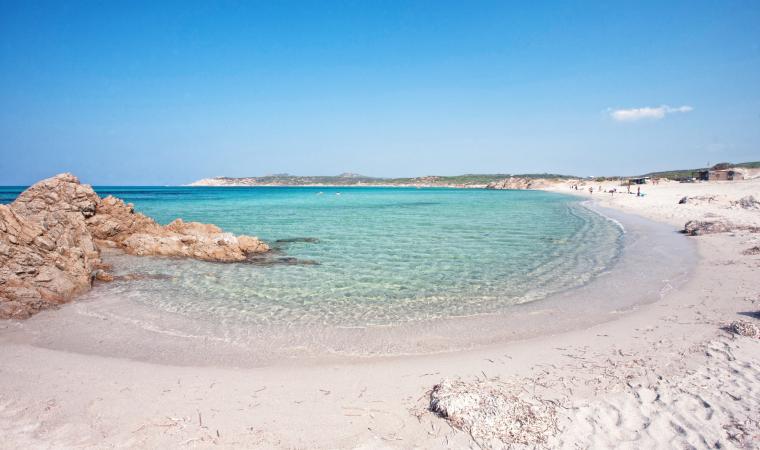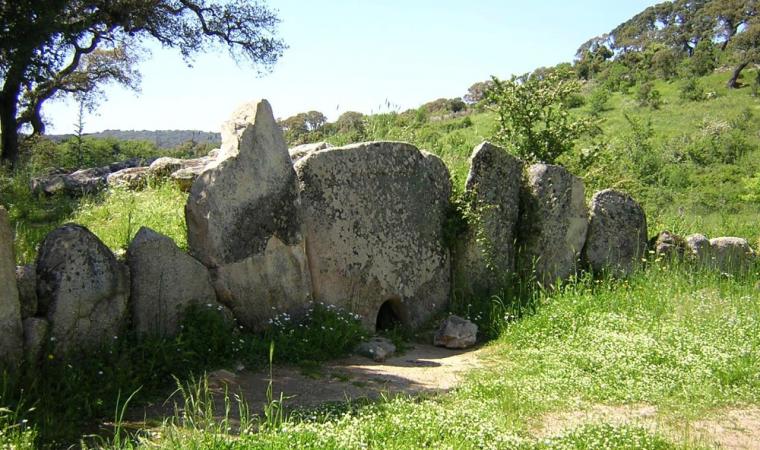Legend has it that the Virgin Mary appeared before two monks, showing them where to find the relics of Saints Nicholas and Trano and suggesting that a sanctuary be created in her honour amongst the granite and oaks of Cape Soprano, where Locus Santus would subsequently emerge. Legend has it that the Chiesa della Natività della Beata Vergine Maria, known as Our Lady of Luogosanto, was built around 1218 by the Franciscans who arrived in Gallura at the beginning of the XIII century, building one of the first monasteries here during the lifetime of Saint Francis. In 1227, a few years after its completion, Pope Honorius III granted the church the title of Minor Basilica (the first church in Gallura to receive this honour). In the same year, in the countryside where the relics of the protagonist Saints were found, the Hermitage of San Trano sanctuary was constructed. The basilica was rebuilt in the 18th century, at which point it was granted the honour of a Holy Door. Having been walled-up previously, from the 1970s it was represented by a bronze door, the work of the sculptor Luca Luchetti. Presently, it is opened by the bishop for 12 months once every seven years.
La Nostra Signora di Luogosanto, constructed in square granite ashlars, has Romanesque forms. It has maintained the original 13th-century structure with three naves, having been expanded in 1912 to incorporate a portico that was originally detached. The interior is characterised by a beautiful 18th-century wooden Madonna statue known as the Regina di Gallura. Even the statue is shrouded in legend, said to have been found on a beach in Arzachena. Highly revered, it is the symbol of Luogosanto, a village comprised of narrow alleys and granite houses, with the locals being particularly devout. 22 sanctuaries are housed within, throughout the village and the countryside. Not to be missed are that of San Quirico, San Leonardo and the village of Santo Stefano, having been declared a ‘Marian city’ as of 2008. Inside the Basilica are other works of art, including the frescoes of the Baptism of Jesus and the Saints Nicholas and Trano, the statues of the Virgin Mary of Sorrows and of Saint Anthony the Abbot, and a characteristic crucifix. The village is a pilgrim destination, particularly in May, June and on 8th September, when the nativity of the patron saint is celebrated with a great festival. During the period in which the Holy Door is open, the services are particularly solemn.
The foundation of the village dates back to the arrival of the Franciscans. The historic convent, having been restructured, houses the Museum of the Natività Beata Vergine Maria, a hub for documenting the Middle Ages in Gallura, which traces the historical-religious events and displays the ex-voto donated over the centuries to the Holy Child Mary. The Agnana museum, rather, displays the history of the stazzi, typical rural settlements. Interesting historical buildings close to the churches are Palazzo di Baldu and the Castello di Balaiana

